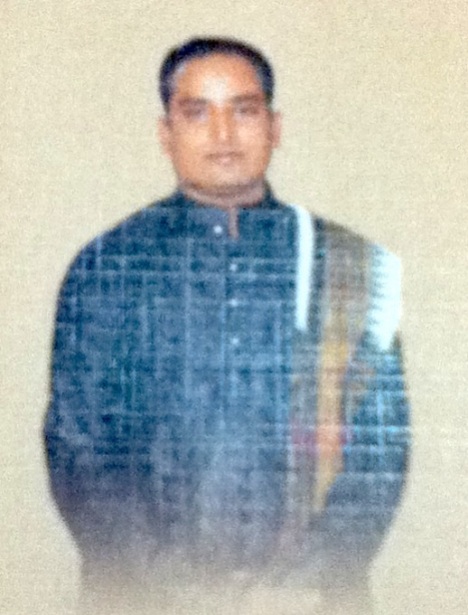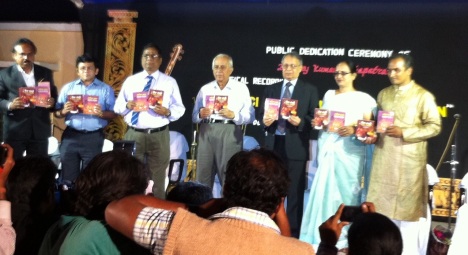The history of Orissa’s musical tradition goes back to the 2nd century B. C. as we have documentary records of histrionic arts (Gandharva Kala) explicitly reflected on the rock edicts of Hatigumpha (Elephant Cave) in king Maha Meghavahana Kharavela in Udayagiri hill at Bhubaneswar.
The archaeological evidences, historical facts, literary and documentary proofs, oral tradition handed down from generation to generation, style of presentation, gramatical and technical aspects prompt us to believe that ‘Odissi” is significantly one of the important streams of Indian Classical Music with a rich treasure of musical rendering like Chhanda, Champu, Chaupadi, Chautisha, and lyrics of Geet Govinda of Jayadev etc.
Odissi music is the finest reconciliation of harmony with melody, which suffers no diminution of the essential quality of the classical music. The individual character of Odissi Music makes every recital an interpretation and self-expression.
The pace of Odissi Music with its vibrated motion called GAMAKA emanates a flavour which marks its special entity.
Odissi Music has three main characteristics:
ANDOLITA GATI (vibrated motion);
NA DRUTA NA BILAMBITA (Neither fast nor slow); and
SAMA PRAYOGA OF BHASA AND RAGA (equal application of language and Raga).Style of rendition
The rendition of Odissi Music at the time of elaboration or expansion needs five actions. They are:
ANIBADDHA ALAPA,
NIBADDHA ALAPA,
PADA VINYASA,
SWARA VINYASA, and
TANA.Specific GAMAKA
The mode of singing of Odissi Music is determined by some GAMAKAs. They are:
ANDOLITA,
ANAHATA,
DHATU (AROHA ABAROHA),
AMBREDITA, and
ULLASITA.The major and inevitable accompanying instrument of Odissi Music is MARDALA.
These words of Guru Dheeraj Kumar Mohapatra were presented with corresponding demonstrations in the open air auditorium of Utkal University of Culture, Bhubaneswar last evening when Mohapatra’s audio CD “Odissi Dhara” (Geetanga style of Classical Odissi Music) was dedicated to the people along with his second CD in the series, “ Meeta Chahan” (Nrutyanga style of Odissi Music) under chairmanship of Prof. Dr. Jagannath Kuanar, Department of Instrumental Music of the University.
The University Vice-Chancellor Prof. Dr. Debendra Nath Jena, speaking as the Chief Guest, lauded Mohapatra’s path setting endeavor, which, he was sure, will strengthen immensely Orissa’s claim for classical status to her unique music.
Mr. Satakadi Hota, President of Orissa’s Academy of letters, dwelt on the glorious history of Odissi Music, underlining that the Oriya language which has been proved as a classical language is developed on Odissi Music and hence, it deserves national accordance of recognition to its classical status without any delay, specifically as this style is absolutely unique and has evolved on its own tradition.
Former Indian Ambassador Mr. Abasar Beuria maintained that recognition or no recognition of its classical status, Odissi Music is a very independent, unique and magnificent music of ancient origin which has developed in a pattern of its own.
Dr. Suman Das, Registrar of the University, praised Mohapatra for having made the institute proud over his association with it as a faculty and was sure that his contributions shall always enrich Odissi Music.
Prof. Dr. Tamasarani Das Mohapatra, Principal of Utkal Sangeet Mahavidyalaya expressed profound pride and satisfaction over the works done by Mohapatra.
The Guru’s two disciples – Lilamayee Panda and Sagarika Kundu – presented Odissi Vocal whereas further two disciples – Bijaynee Madhusmita and Minakshi Rani Jena – presented Odissi Dance under his directions. All of four performers are conspicuous by their participation in Geetanga and Nrutyanga rendition in the CDs.



Pingback: Quora